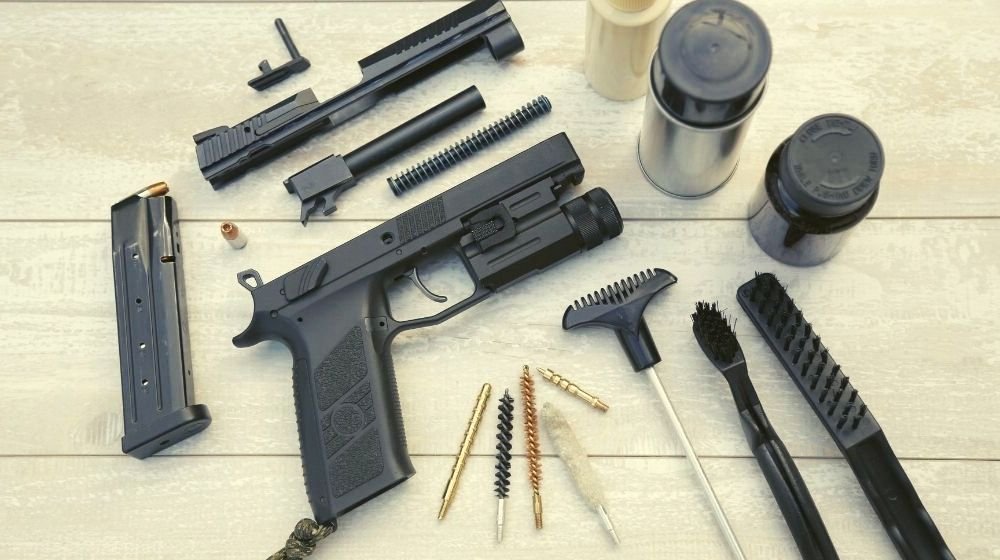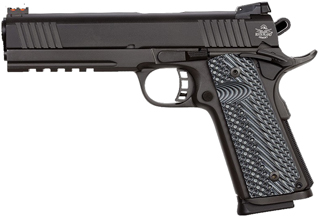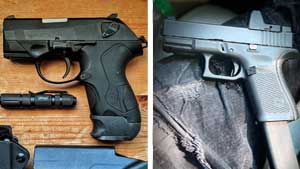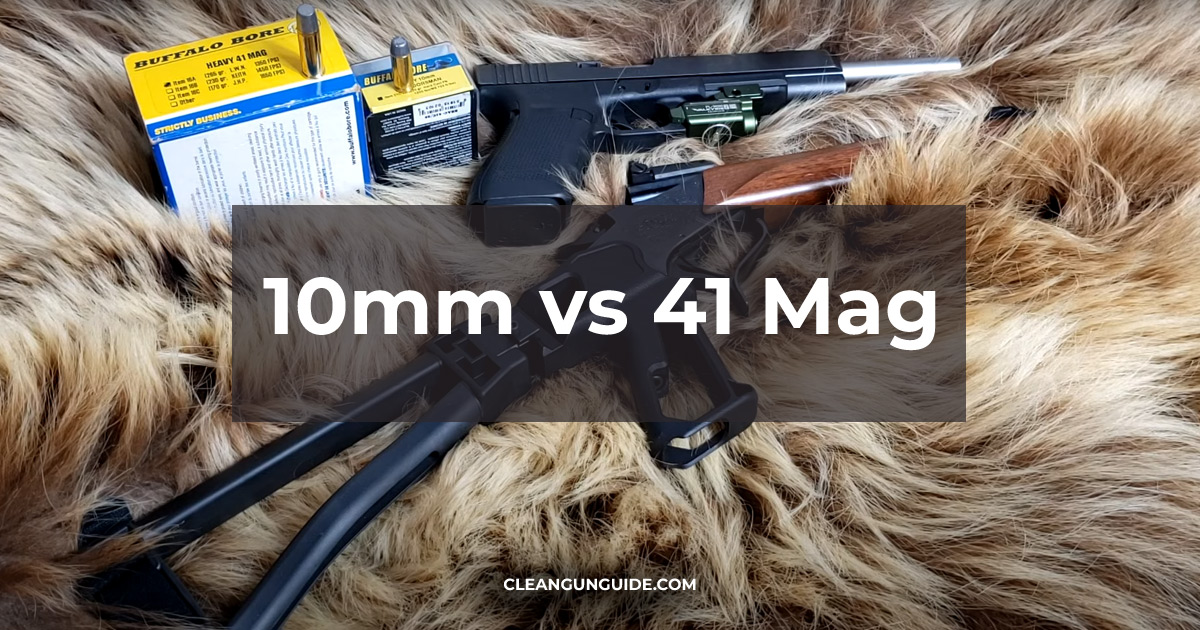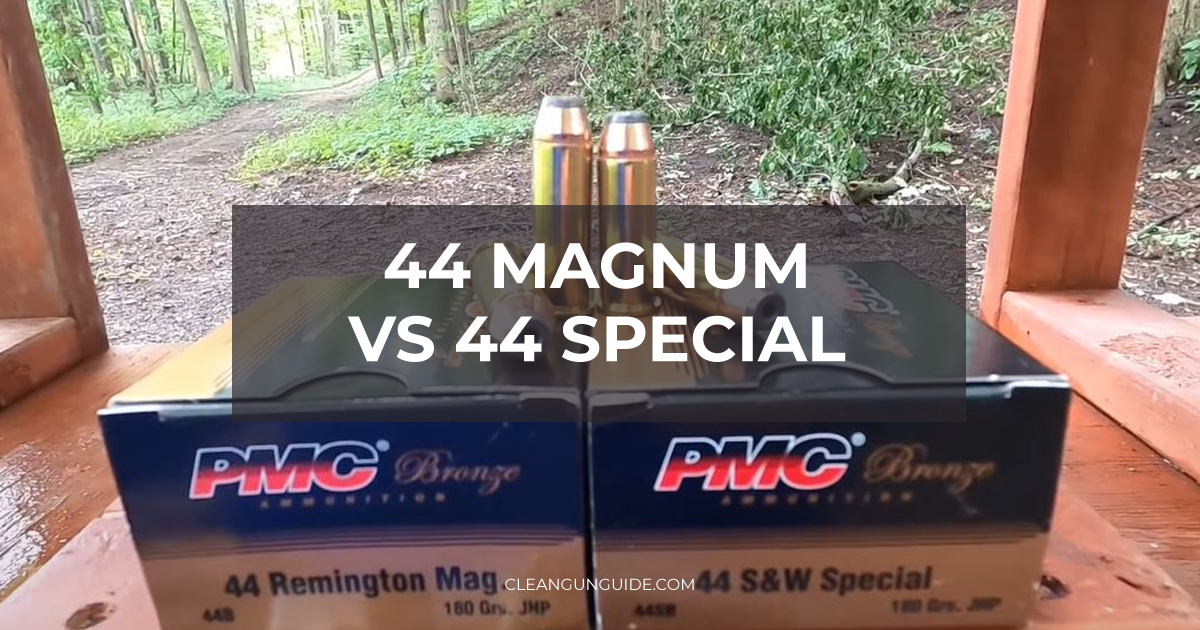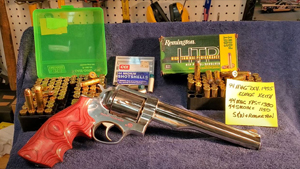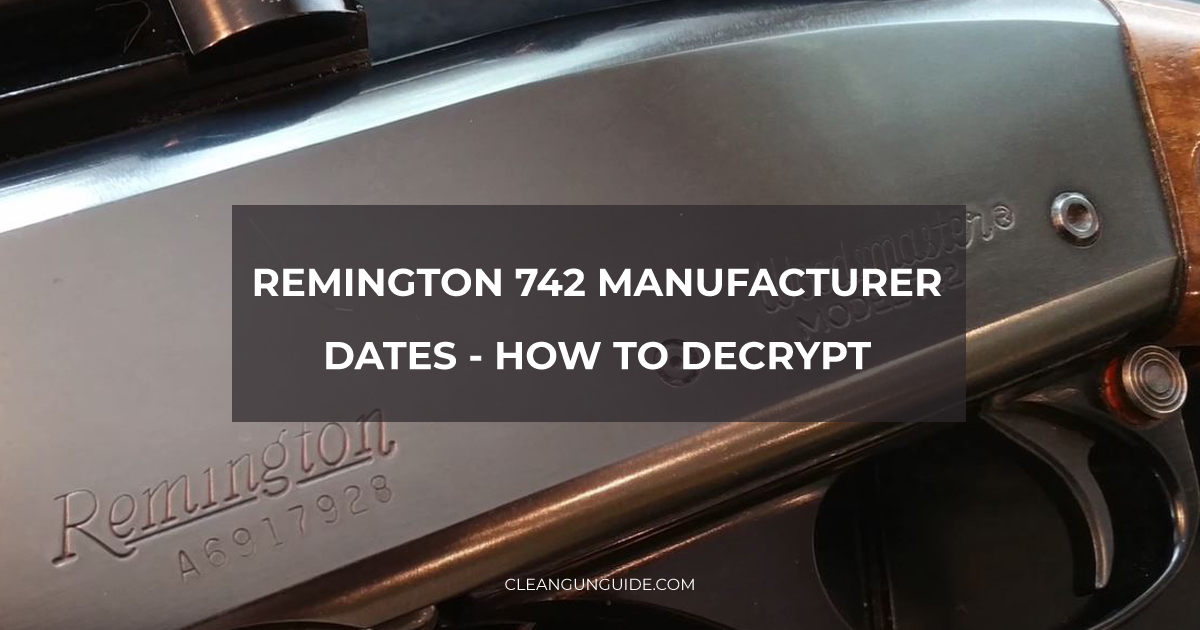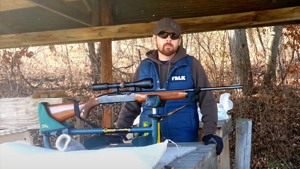
The article provides a comprehensive guide on how to remove gunshot residue (GSR) from both skin and clothing. Gunshot residue, which can include particles of lead, copper, antimony, and burned gunpowder, is a byproduct of firing a gun and can be deposited on the shooter and nearby surfaces. It’s important to remove GSR due to its potential use as forensic evidence and the health risks associated with exposure to its components. The guide outlines various methods for cleaning GSR, emphasizing the importance of using appropriate cleaning products like soap, laundry detergent, bleach, and hydrogen peroxide.
For personal hygiene, washing with soap and water is typically sufficient to remove GSR from the skin. Clothing contaminated with GSR can be cleaned using a washing machine with hot water and detergent. The article stresses the significance of proper disposal of materials contaminated with GSR, such as gloves and rags, and advises against cleaning GSR with methods that might damage clothing or skin. The guide also highlights precautions to take when working with GSR, such as avoiding inhalation, using protective gear, and ensuring good ventilation.
Overall, the article serves as a useful resource for individuals who may come into contact with GSR, providing practical advice on how to effectively and safely clean and dispose of this residue.

